| |
|
|
Botanical Name |
: |
Cucumis melo L. |
English
Name |
: |
Sweet Melon, common melon, melon, muskmelon |
Synonym(s) |
: |
Cucumis callosus (Rottl.) Cogn., Cucumis trigonus Roxb. |
Family |
: |
Cucurbitaceae |
| |
General Info
| Description |
 |
|
It is an annual, trailing herb, with large palmately-lobed leaves and bears tendrils, by which it is readily trained over trellises. Its flowers (which have bellshaped corollas, deeply five-lobed) are either male or female, both kinds being borne on the one plant. The male flowers have three stamens, the ovary in the female flowers, three cells. The many varieties of Melon show great diversity in foliage and still more in the size and shape of the fruit, which in some kinds is as small as an olive, in others as large as the Gourd (Cucurbita maxima). Some are globular, others egg-shaped, spindle-shaped or serpent-like, the outer skin smooth or netted, ribbed or furrowed, and variously coloured; the flesh, white, green or orange when ripe, scented or scentless, sweet or insipid, some bitter and even nauseous. |
| Herb Effects |
 |
|
Antitussive, digestive, febrifuge, vermifuge, diuretic and inhibits urease (seed); stomachic (fruit); expectorant and emetic (flowers) |
Chemistry
| Active Ingredients |
 |
|
Alpha amyrin, ascorbic acid, aspartic acid, asparagine, arginine, beta carotene, caffeic acid, ferulic acid, lysine, oleic, myristic, linoleic, palmitic, rutin and linolenic acids (seed). |
| Chemistry
of Active Ingredients |
 |
|
|
 |
Name |
CAS# |
IUPAC Name |
Formula |
Structure |
 |
|
| Alpha amyrin |
638-95-9 |
4,4,6a,6b,8a,11,12,1
4b-octamethyl-2,3,4a
,5,6,7,8,9,10,11,12,
12a,14,14a
-tetrade
cahydro-1H-picen-3-o
l |
C30H50O |
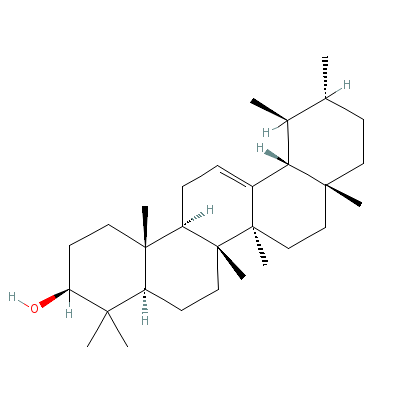
|
| Ascorbic acid |
Not Available |
2-(1,2-dihydroxyethy
l)-4,5-dihydroxy-fur
an-3-one |
C6H8O6 |

|
| Aspartic acid |
6899-03-2 |
2-aminobutanedioic
acid |
C4H7NO4 |
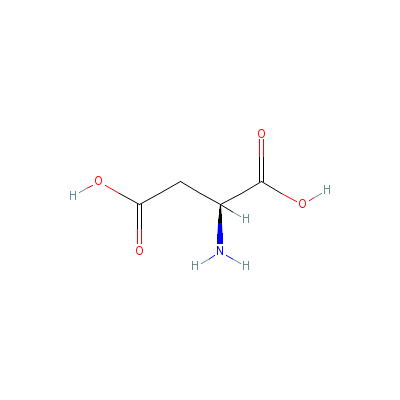
|
| Asparagine |
2058-58-4 |
2,4-diamino-4-oxo-bu
tanoic acid |
C4H8N2O3 |

|
| Arginine |
7004-12-8 |
2-amino-5-guanidino-
pentanoic acid |
C6H14N4O2 |
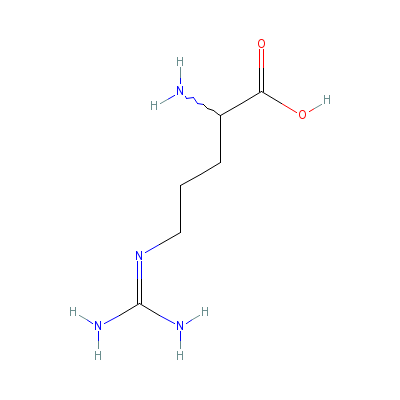
|
| beta Carotene |
7235-40-7 |
3,7,12,16-tetramethy
l-1,18-bis(2,6,6-tri
methyl-1-cyclohexeny
l)-octadec
a-1,3,5,
7,9,11,13,15,17-nona
ene |
C40H56 |

|
| Caffeic acid |
Not Available |
3-(3,4-dihydroxyphen
yl)prop-2-enoic acid |
C9H8O4 |
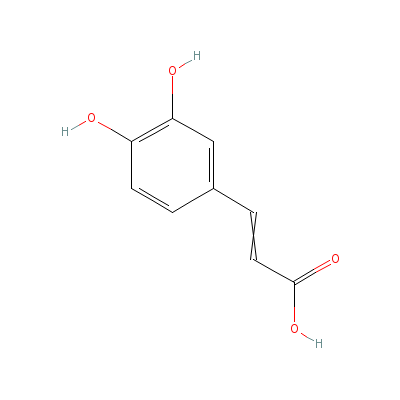
|
| Ferulic acid |
24276-84-4 |
3-(4-hydroxy-3-metho
xy-phenyl)prop-2-eno
ic acid |
C10H10O4 |
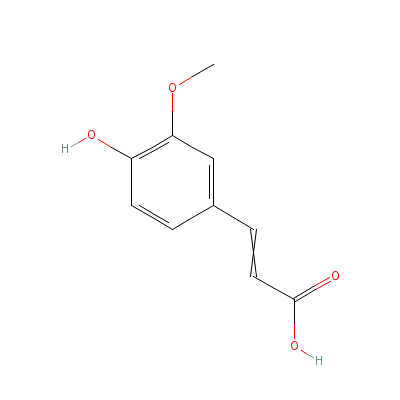
|
| Lysine |
923-27-3 |
2,6-diaminohexanoic
acid |
C6H14N2O2 |
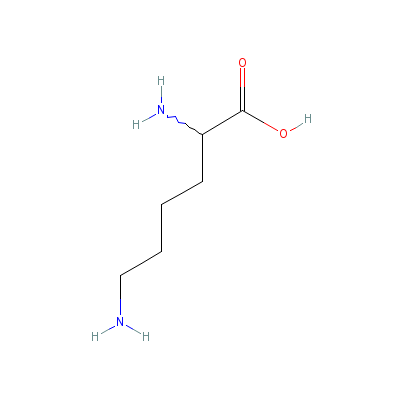
|
| Oleic acid |
8046-01-3 |
Octadec-9-enoic acid |
C18H34O2 |
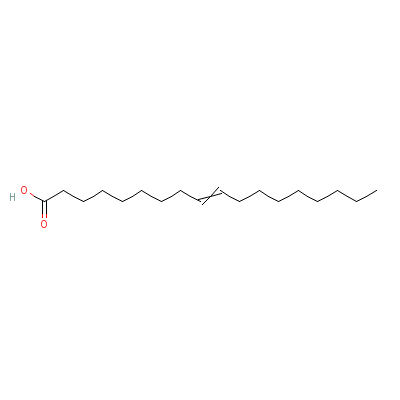
|
| Myristic Acid |
Not Available |
Hexane |
C6H14 |

|
| Linoleic acid |
8024-22-4 |
octadeca-9,12-dienoi
c acid |
C18H32O2 |
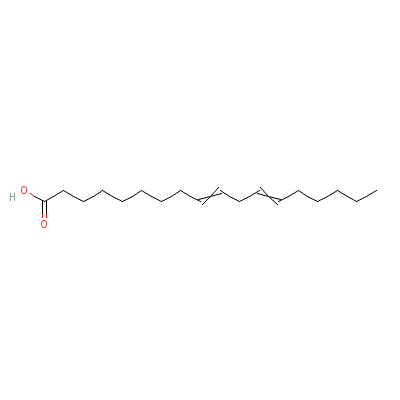
|
| Palmitic acid |
66321-94-6 |
hexadecanoic acid |
C16H32O2 |
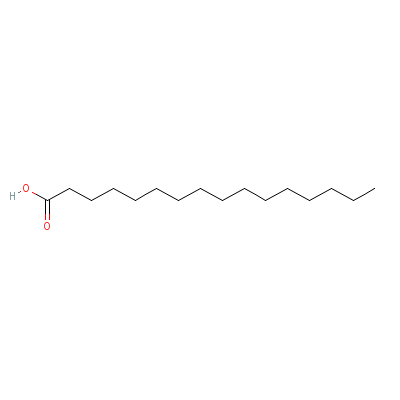
|
| Rutin |
Not Available |
2-(3,4-dihydroxyphen
yl)-4,5-dihydroxy-3-
[3,4,5-trihydroxy-6-
[(3,4,5-tr
ihydroxy
-6-methyl-tetrahydro
pyran-2-yl)oxymethyl
]tetrahydropyran-2-y
l]
oxy-chromen-7-on
e trihydrate |
C27H36O19 |
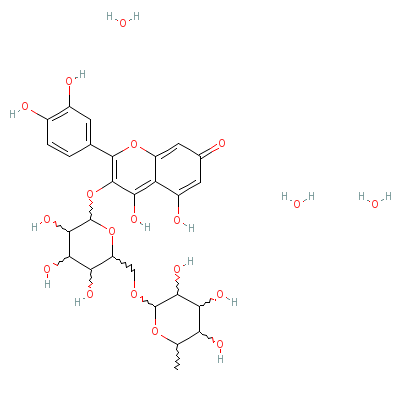
|
| Linolenic acid |
94138-91-7 |
octadeca-9,12,15-tri
enoic acid |
C18H30O2 |
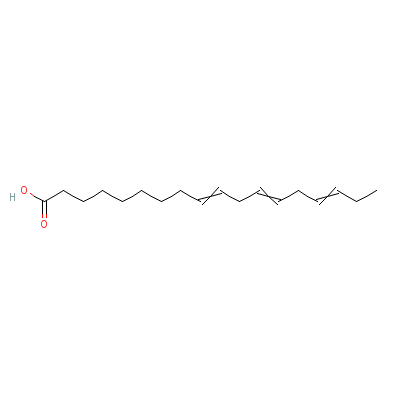
|
|
Pharmacology
| Medicinal Use |
 |
|
As a tonic, diuretic , in urinary tract infections and to expel the tapeworms or other parasites from the body (seed); skin maladies (fruit pulp). The fruits is used as a cooling light cleanser or moisturiser for the skin. It is also used as a first aid treatment for burns and abrasions. |
| Reference |
 |
|
 Chandel et al., Biodiversity in Medicinal and Aromatic Plants in India. Chandel et al., Biodiversity in Medicinal and Aromatic Plants in India.
|
Dealers
Products
|
|